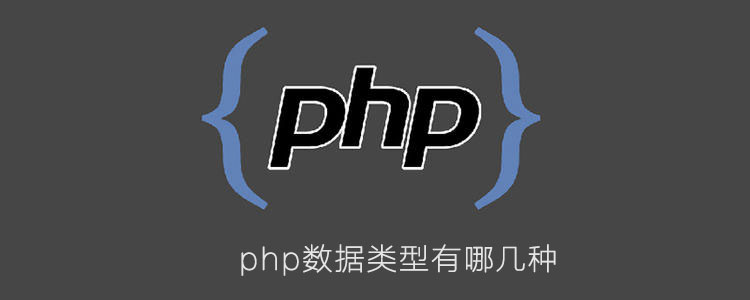

The data types in PHP include strings, integers, floating point numbers, logic, arrays, objects, and NULL.
PHP String
A string is a sequence of characters, such as "Hello world!".
A string can be any text within quotes. You can use single or double quotes:
PHP Integers
Integers are numbers without decimals.
Integer rules:
Integers must have at least one digit (0-9)
Integers cannot contain commas or spaces
Integers cannot have decimal points
Integers can be positive or negative
Integers can be specified in three formats: decimal, hexadecimal (prefix is 0x) or octal (prefix is 0)
In the following In the example, we will test different numbers. PHP var_dump() will return the data type and value of the variable:
PHP floating point number
Floating point number is a number with a decimal point or exponential form.
In the example below we will test different numbers. PHP var_dump() will return the data type and value of the variable:
PHP logic
The logic is true or false.
Logic is often used for conditional testing. You'll learn more about conditional testing later in this tutorial.
PHP Array
Array stores multiple values in one variable.
In the following example, we will test different arrays. PHP var_dump() will return the data type and value of the variable:
PHP Object
Object is a data type that stores data and information about how to process the data.
In PHP, objects must be declared explicitly.
First we must declare the class of the object. For this we use the class keyword. A class is a structure containing properties and methods.
Then we define the data type in the object class and then use this data type in the instance of the class:
PHP NULL value
Special A NULL value indicates that the variable has no value. NULL is the only possible value for the data type NULL.
The NULL value indicates whether the variable is empty. Also used to distinguish empty strings from null value databases.
You can clear the variable by setting the value to NULL.
The above is the detailed content of What are the data types in php. For more information, please follow other related articles on the PHP Chinese website!